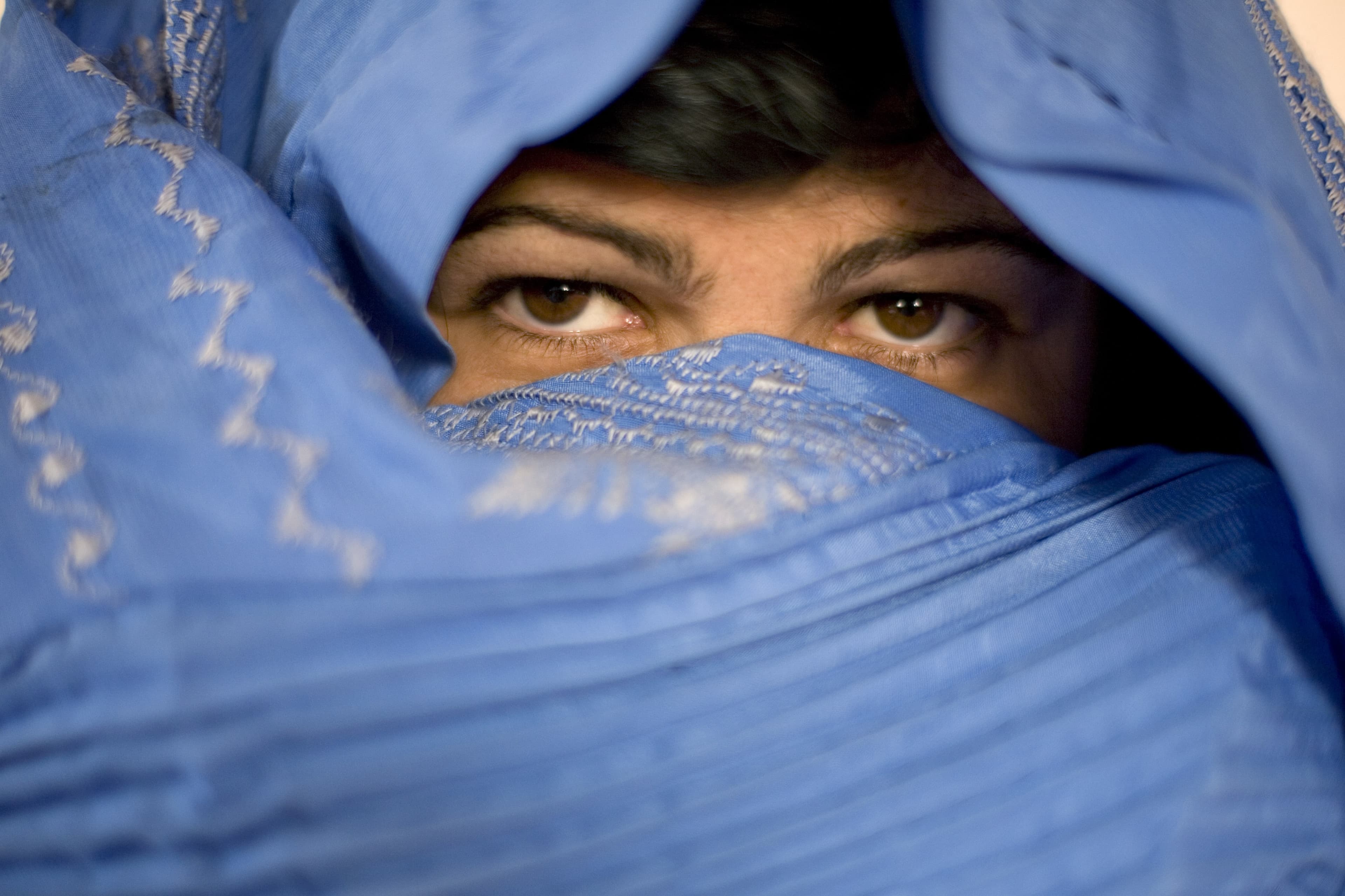
Kavya Keshavamurthy | September 5, 2025
A powerful 6.0 magnitude earthquake struck Afghanistan’s mountainous northeast province of Kunar on August 31st, leaving devastation in its wake. The Taliban has confirmed a death toll of over 2,200 people, although this number is continuing to rise as rescue teams race against time to reach survivors still trapped under rubble. The earthquake has also destroyed over 6,500 homes and displaced thousands, with heavy rain, landslides, damaged roads, and a lack of communication networks making it more difficult for relief teams to access affected areas.
Located on the meeting point of the Indian and Eurasian tectonic plates, Afghanistan frequently experiences earthquakes, with this being one of the deadliest in the region since the Taliban returned to power in August 2021. Major global aid cuts, from NGOs withdrawing funding due to the Taliban’s regressive policies against women to the United States dismantling USAID (followed by other western countries slashing foreign aid), have majorly restricted aid efforts which was already facing the compounding challenges of severe drought, economic collapse, a food and famine crisis, and an influx of returning refugees. The sheer devastation caused by this earthquake has led both the Taliban and international aid agencies to appeal to the international community for help, with the few groups and nations that have responded mostly channeling money through NGOs rather than the Taliban government (although not their former biggest donor, the U.S., which instead responded by sending condolences through Twitter).
Across the world, women and children are disproportionately harmed in disaster and crisis settings, facing increased violence, greater food and economic insecurity, and lack of healthcare in the aftermath. The system of gender apartheid that the Taliban has imposed in Afghanistan means that these harms are amplified for women and girls affected by the recent earthquake, which was also observed during the October 2023 earthquake in Afghanistan where women and children made up over 90% of the casualties.
Women in Afghanistan suffer from an extremely dire lack of medical care– they are not allowed to be treated by male doctors and female healthcare providers are few and far between, especially since the Taliban suspended medical education for women in December 2024. Women are being shunned by male rescue workers, and while there are some female doctors and volunteers nearby who are ready and eager to help, they have been restricted from doing so by the Taliban.
Afghanistan already has very high rates of infant (43/1000 live births) and maternal mortality (521/100,000 live births), and U.S. funding cuts for reproductive healthcare have stripped Afghan women of critical, lifesaving sexual and reproductive health services. These existing issues are aggravated during natural disasters. An Afghan man in the affected region recounted how his pregnant wife, who suffered a miscarriage due to the lack of healthcare following the earthquake, is “in a government hospital” but still “has not recovered and is in the same condition […] because there are no female doctors and no medicine,” a tragic example of how bleak the status of healthcare for women in Afghanistan is. Accompanying the mounting death toll is the reality that some women and girls have lost most of their family – notably their male relatives – which immediately cuts off their support network and leaves them entirely stranded in a society where women are banned from public life and cannot do anything without a male guardian.
The impact of this earthquake goes beyond the immediate devastation and loss of life – it exposes how deeply entrenched and harmful the Taliban’s system of gender apartheid is, by denying and creating obstacles to women accessing essential healthcare and safety resources in times of crisis. Much of Afghanistan is seismically active, and as long as this regime is in power, women and girls will continue to suffer disproportionately from natural disasters. Until these institutional barriers, which have confined women to their homes and stripped them of social and legal protections, are dismantled, and human rights are restored, every future catastrophe will reinforce this cycle of vulnerability and Afghan women will remain the silent majority of victims.
Read original post HERE.
